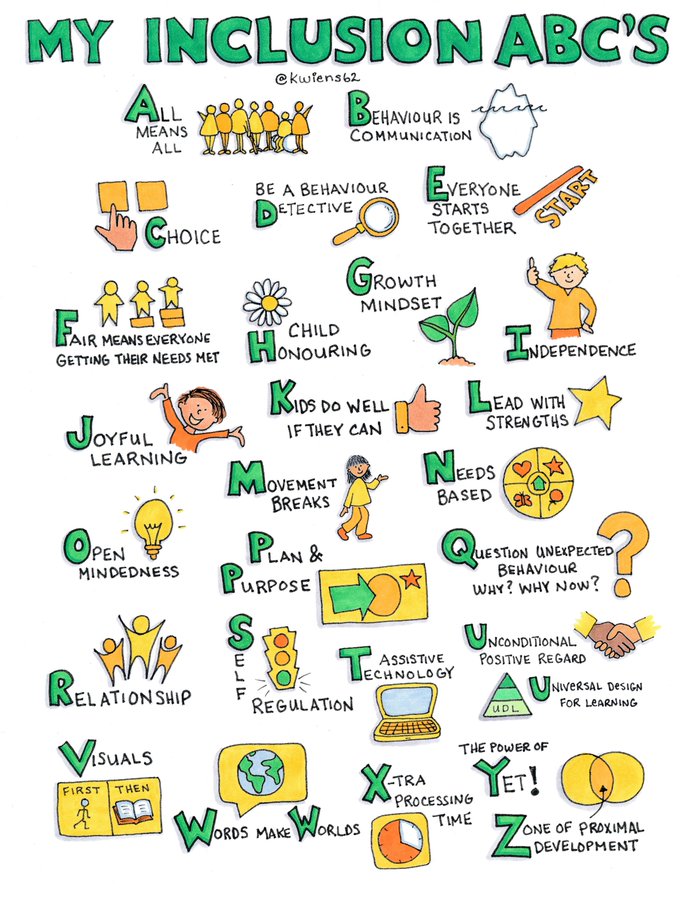Author:
When I was doing my Bachelor of Science, I faced numerous challenges while learning about organic chemistry due to an instructional approach that heavily relied on lectures, verbal explanations, and static textbook visuals. As a learner who benefits from visual and kinesthetic experiences, I found it difficult to comprehend complex reaction mechanisms without the help of interactive models or hands-on applications. This experience highlighted the drawbacks of a uniform teaching approach and strengthened my belief in Universal Design for Learning (UDL) as a fundamental framework for fostering inclusivity in education.
UDL’s three key principles-multiple means of engagement, representation, and expression could have greatly enhanced my learning experience. For example, integrating 3D molecular modeling software or video demonstrations would have provided alternative ways to visualize reaction mechanisms, reinforcing research that underscores the significance of multimodal learning (Meyer et al., 2014). Furthermore, allowing students to show their understanding through concept mapping rather than relying solely on traditional examinations could have alleviated cognitive barriers. This realization has deepened my commitment to incorporating UDL principles in my future teaching practices.
To promote inclusivity, I plan to implement diverse instructional methods, such as presenting content through text, visuals, audio, and interactive activities, to accommodate different learning preferences (CAST, 2018). A specific UDL strategy I intend to adopt is flexible assessment, where students can demonstrate their knowledge through written assignments, oral presentations, photovoice or creative projects. Additionally, I aim to create an inclusive classroom by integrating culturally responsive teaching practices and fostering collaborative learning opportunities.
Despite the advantages of UDL, challenges such as limited resources, time constraints, and institutional barriers may arise. To mitigate these challenges, I will advocate for professional development initiatives, collaborate with colleagues to share effective strategies, and utilize cost-effective digital tools to enhance accessibility for all students.
By implementing UDL principles into my pedagogical approach, I wish to develop an educational environment where every student feels valued, engaged, and empowered in their academic journey.
References
CAST. (2018). Universal design for learning guidelines version 2.2. https://udlguidelines.cast.org
Meyer, A., Rose, D. H., & Gordon, D. (2014). Universal design for learning: Theory and practice. CAST Professional Publishing. https://publishing.cast.org/catalog/books-products/universal-design-for-learning-meyer-rose-gordon

Hi Vivek, thanks for sharing. From your experience, you prefer a visual and kinesthetic way of learning rather than a lecture, verbal explanation and static textbook-based learning. You compared the uniform teaching approach and UDL, and you found that you benefited from interactive or hand-on learning. Then you talked about the three key principles of UDL are engagement, representation, and expression. So you aim to create an inclusive classroom by integrating culturally responsive teaching practices and fostering collaborative learning opportunities.
In addition, you talked about the disadvantages of UDL, like limited resources, time constraints, and institutional barriers. And you also talked about your responses to these challenges, like collaboration with your colleagues and digital tools.
Hi Vivek,
I really appreciate you sharing your personal experience on your blog, and it was touching. It’s a pity that we sometimes find ourselves in situations where schools focus on one method of teaching and still expect students to magically understand. They fail to understand there are different types of learners, for example, there are people that are generally slow, and there are people who are slow based on the mode of teaching. I agree with you on the three UDL key principles you mentioned how multiple means of engagement, representation, and expression could have greatly enhanced your learning experience. I also like it that you will be including different instructional methods, this will surely help students learn better so as not to go through what you went through as an undergraduate student in science. I like your proposed strategy for tackling the challenges that UDL may face in a country like, teachers training, teachers who are not properly trained in this field will not give their best in carrying every student along.
I was deeply impressed by Vivek’s reflection on her struggles with organic chemistry and her call on UDL. You talked about how hard it was to learn organic chemistry because your teacher only used textbooks and pictures. This teaching method makes learning difficult since you learn better by seeing and doing things. Your story reminded me of my experiences memorizing knowledge and practicing mathematical problems.
I liked that you didn’t complain. Instead, you explained a better teaching method called UDL, which could help students like you. UDL means giving students different ways to learn and show what they know, such as using videos, models, group discussions, and creative projects. These teaching methods can help students who don’t learn well from traditional teaching alone.
You also shared your plan to use UDL in your future teaching, letting students choose how to express their understanding—whether through writing, talking, or creative projects. I think these ideas are constructive and fair.
Overall, Vivek’s story shows that good teaching should be flexible and inclusive, and all students deserve a chance to learn in the best way for them.
You have some good examples of how to integrate more teaching methods into educational spaces.